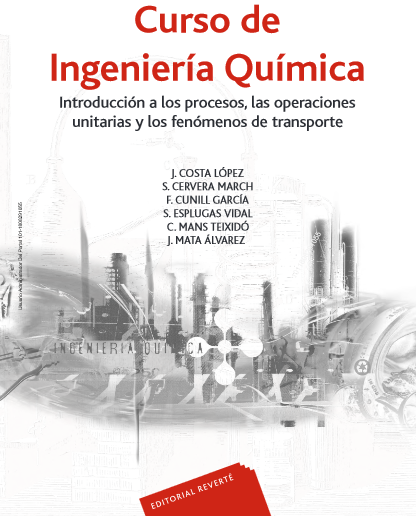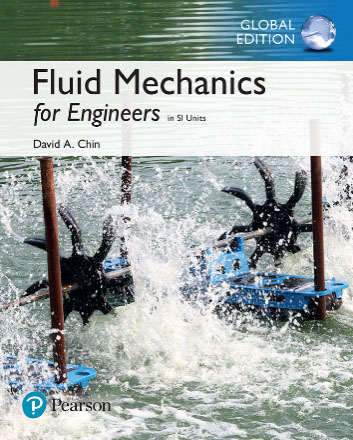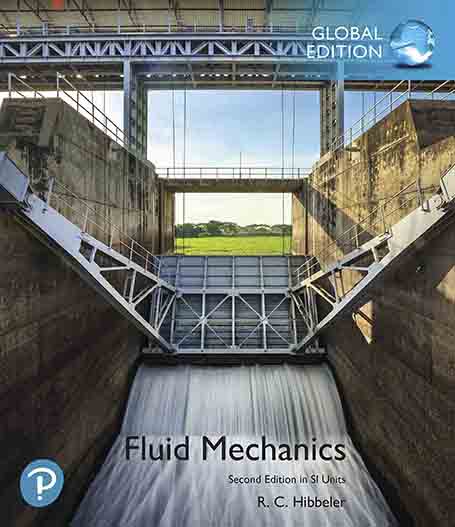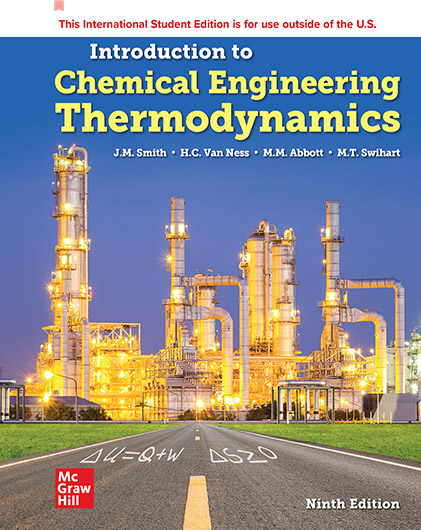FLUID MECHANICS FOR CHEMICAL ENGINEERS 4ED
Geoffrey D. Silcox y Noel de Nevers
Editorial: McGraw-Hill Higher Education
Edition: 4
publication date: 2020
ISBN: 9781260575149
ISBN ebook: 9781260590586
pages: 689
Grade: Universitario
Area: Arquitectura e Ingeniería
Section: Ingeniería Química
Language: Inglés
 Tweet
Tweet
Edition: 4
publication date: 2020
ISBN: 9781260575149
ISBN ebook: 9781260590586
pages: 689
Grade: Universitario
Area: Arquitectura e Ingeniería
Section: Ingeniería Química
Language: Inglés
 Tweet
Tweet
Notation
Preface
Chapter 1. Introduction
Part I. Preliminaries
Chapter 2. Fluid Statics
Chapter 3. The Balance Equation and the Mass Balance
Chapter 4. The First Law of Thermodynamics
Part II. Flows of Fluids that are one-dimensional, or that can be treated as if they were
Chapter 5. Bernoullis Equation
Chapter 6. Fluid Friction in Steady, One-Dimensional Flow
Chapter 7. The Momentum Balance
Chapter 8. One-Dimensional, High-Velocity Gas Flow
Part III. Some other topics that can be viewed by the methods of one-dimensional fluid mechanics
Chapter 9. Models, Dimensional Analysis, and Dimensionless Numbers
Chapter 10. Pumps, Compressors, and Turbines
Chapter 11. Flow Through Porous Media
Chapter 12. Gas-Liquid Flow
Chapter 13. Non-Newtonian Fluid Flow in Circular Pipes
Chapter 14. Surface Forces
Part IV. Two- and three-dimensional fluid mechanics
Chapter 15. Multidimensional Fluid Mechanics
Chapter 16. Potential Flow
Chapter 17. The Boundary Layer
Chapter 18. Turbulence
Chapter 19. Mixing
Chapter 20. Computational Fluid Dynamics (CFD)
Chapter 21. Microfluidics
Appendixes
A. Tables and Charts of Fluid Properties, Pipe Dimension and Flows, and High-Velocity Gas Flows
B. Derivations and Proofs
C. Answers to Selected Problems
D. Conversion Factors
E. Common Units and Values for Problems and Examples
*The digital edition does not include access codes to additional material or programs mentioned in the book.
The 4th edition of Fluid Mechanics for Chemical Engineers retains the qualities that have made earlier editions popular. It is readable, accessible, and filled with intriguing examples and problems that bring the material to life. Many of the examples are based on household items that students can observe every day. Some of the new material that has been added includes wind turbines, hydraulic fracturing, and microfluidics.
University of Utah
Noel de Nevers
University of Utah
METHODS OF PURCHASE
* Prices with VAT
Search the term or terms within each of the books










